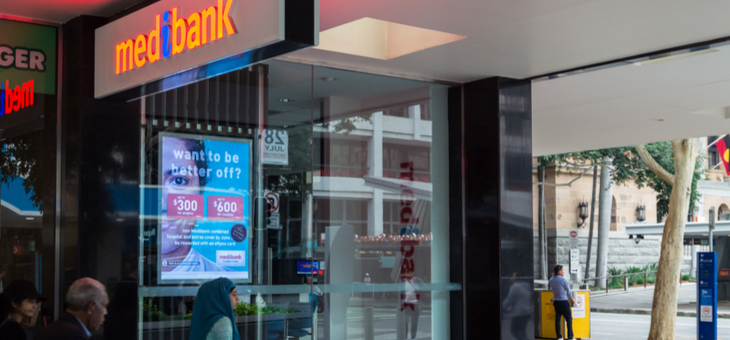The growing voice of an ageing Australia with a keen eye on the cost of healthcare may have cause for cautious optimism on several fronts. One was the announcement that a returned Coalition Government would establish an official website where consumers could check the out-of-pocket costs levied by private medical specialists. The other is an Opposition vow to review the private health insurance sector in support of a promise to cap premium increases at two per cent for the first two years of a Labor government.
Federal Health Minister Greg Hunt announced late last year that health insurance premiums would increase by an average of 3.25 per cent from 1 April. That’s down from a recent peak of 6.2 per cent in 2014. But according to a poll of YourLifeChoices members – many of them hanging on grimly to their private cover – still challenging.
Mr Hunt says a single person will typically pay an extra $59.28 per year on average for his or her annual premium of about $2452, while a family will pay $122 more on an annual bill of $4183.
Australia’s largest private health fund, Medibank, said in a submission to Labor’s planned Productivity Commission review – ahead of a federal election expected in May – that meaningful reform was dependent on a wide-ranging review of healthcare costs.
Medibank chief executive Craig Drummond told The Australian that a review that concentrated on private health insurance in isolation from the broader private healthcare system would be “fundamentally flawed” and “incapable of examining the issues and reforms necessary for sustainably lower premium increases in the long term”.
He said a key component of the reform centred on transparency, especially in out-of-pocket costs.
“The number of customers who say that these are a key reason for dropping their private health insurance has more than tripled over the past five years,” he said.
In a 33-page submission, Medibank said Labor’s proposed review should be widened to canvas the financial sustainability of private healthcare and private health insurance, the demand and financial pressures on the private and public health systems and Labor’s two per cent cap policy. It also said any negative change to the private health insurance rebate could have a very harmful effect on affordability.
Medibank estimates that if the rebate is abolished, about a quarter of its customers could drop their insurance, pushing another 900,000 people into the public health system.
On the subject of specialist fees, the Consumer health Forum (CHF) has welcomed the announcement of plans for an official website that discloses fees.
Chief executive Leanne Wells said: “We need more transparency and price disclosure as a means of at least bringing high fees to the notice of consumers, enabling them to compare and contrast fees where possible. We have previously called for an authoritative website disclosing individual specialist fees for some years and it is good to see the (Ministerial Advisory) committee has also recommended this measure.
“The challenge now will be to ensure that once it is introduced after consultation with consumers and doctors that all specialists use it. We need ways to ensure participation and we expect doctors to cooperate and their professional associations and colleges to lead in the public interest.”
Health Insurance Comparison says that not all funds will pass on the full 3.25 per cent rate rise and urges consumers to shop around. It also warns policy-holders to ensure they do not fall victim to common traps such as staying on an outdated policy, being talked into a higher level of cover and fund loyalty incentives.
Is the cost of private health insurance an ongoing concern for you? Would you welcome a website that lists specialists’ fees?
Related articles:
Top three election issues
Aussies abandon private cover
Study blasts private health system

